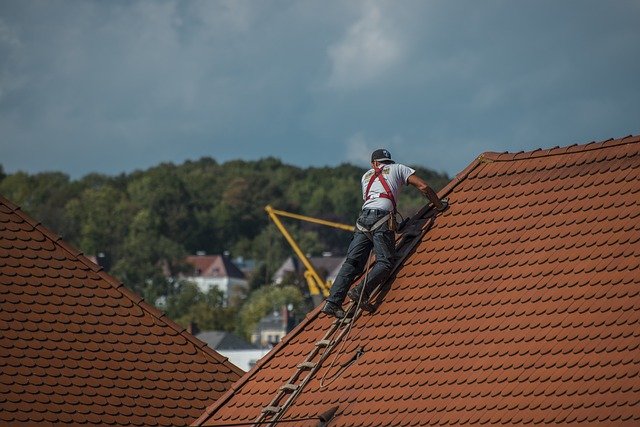This Is How Much a New Roof Should Cost You in 2025
Planning a roof replacement can feel overwhelming, especially when trying to understand the financial investment involved. The cost of a new roof in 2025 depends on multiple factors including materials, labor, location, and the complexity of your roofing project. Understanding these variables will help you budget appropriately and make informed decisions when working with local contractors.

Understanding New Roof Cost 2025 Factors
Several key elements influence roofing costs in 2025. Material selection represents the largest variable, with asphalt shingles typically being the most budget-friendly option, while metal, tile, and slate materials command higher prices. Your roof’s size, measured in squares (100 square feet per square), directly impacts total costs. Additionally, factors like roof pitch, complexity of design, removal of existing materials, and local labor rates all contribute to the final price.
Geographic location plays a significant role in pricing variations. Areas with higher costs of living generally see increased labor rates, while regions prone to severe weather may require enhanced materials or installation techniques. Permit requirements and local building codes can also add to overall project costs.
Roof Replacement Cost Breakdown by Material Type
Material costs vary significantly across different roofing options. Asphalt shingles remain popular due to their affordability and versatility, typically ranging from moderate to higher-end options depending on quality grades. Metal roofing, including steel, aluminum, and copper varieties, offers durability and energy efficiency but requires a larger upfront investment.
Tile roofing, whether clay or concrete, provides excellent longevity and weather resistance, particularly in warmer climates. Slate represents the premium end of roofing materials, offering unmatched durability and aesthetic appeal but requiring specialized installation expertise. Each material type also carries different maintenance requirements and lifespan expectations that affect long-term value.
Finding Qualified Roofing Contractors in Your Area
Selecting the right contractor significantly impacts both project cost and quality outcomes. Local roofing contractors understand regional building codes, weather patterns, and material requirements specific to your area. When evaluating contractors, verify licensing, insurance coverage, and local references from recent projects.
Request detailed written estimates from multiple contractors to compare pricing and scope of work. Quality contractors will provide comprehensive quotes that include material specifications, labor costs, cleanup services, and warranty information. Be cautious of significantly low bids, as they may indicate corners being cut on materials or workmanship quality.
| Roofing Material | Cost Range per Square Foot | Average Lifespan | Key Features |
|---|---|---|---|
| Asphalt Shingles | $3.50 - $5.50 | 15-25 years | Cost-effective, versatile styles |
| Metal Roofing | $8.00 - $14.00 | 40-70 years | Energy efficient, weather resistant |
| Clay/Concrete Tile | $6.00 - $11.00 | 30-50 years | Durable, fire resistant |
| Slate | $12.00 - $20.00 | 75-100+ years | Premium appearance, extremely durable |
Prices, rates, or cost estimates mentioned in this article are based on the latest available information but may change over time. Independent research is advised before making financial decisions.
Additional Costs and Considerations for 2025
Beyond basic material and labor costs, several additional expenses may apply to your roofing project. Structural repairs discovered during tear-off can add unexpected costs, particularly in older homes. Upgrading ventilation systems, adding insulation, or installing ice dam protection may be necessary depending on your climate and local codes.
Disposal fees for old roofing materials, permit costs, and potential temporary housing expenses during extensive work should be factored into your budget. Some contractors include these items in their base quotes, while others list them separately. Always clarify what is and isn’t included in quoted prices.
Financing and Budget Planning Strategies
Many homeowners finance roof replacement through various options including home equity loans, personal loans, or contractor financing programs. Some roofing companies offer seasonal promotions or payment plans that can help manage costs. Insurance claims may cover partial or full replacement costs if damage resulted from covered events like storms or hail.
When budgeting for a new roof, consider setting aside an additional 10-20% beyond quoted prices for unexpected issues or upgrades that may become necessary during installation. This contingency fund helps avoid project delays or compromised quality when unforeseen circumstances arise.
Planning for a new roof in 2025 requires careful consideration of materials, contractors, and associated costs. By understanding the factors that influence pricing and obtaining multiple detailed quotes from qualified local contractors, you can make informed decisions that balance upfront investment with long-term value. Remember that the lowest price doesn’t always represent the best value, and quality installation using appropriate materials will provide decades of reliable protection for your home.




